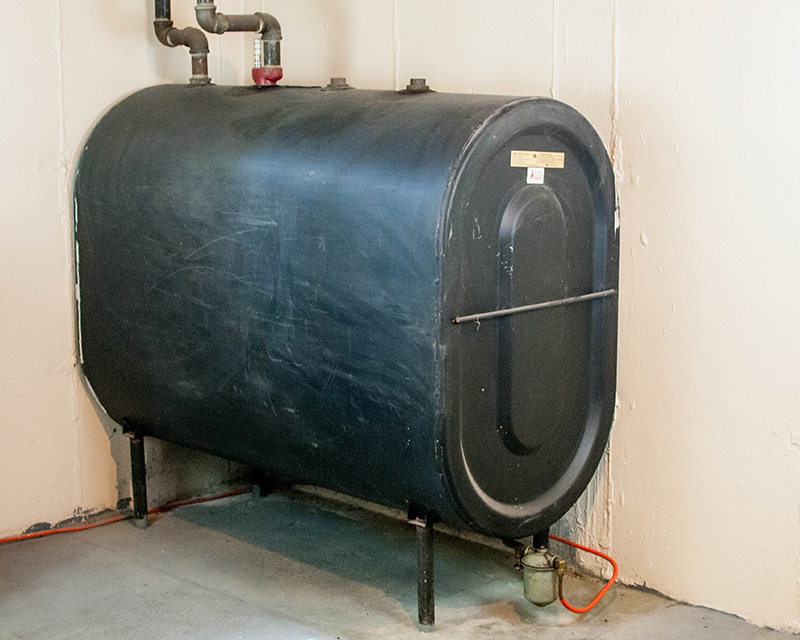The majority of homeowners don’t have to think about their oil tank. The unassuming metal container in your basement, or hidden in your yard plays an essential role in keeping your home warm and cozy. Like all appliances the life span of your oil tank isn’t endless. Ignoring the replacement of your tank’s oil could be dangerous to you, your wallet and the environment.

It is essential to replace your oil tank as fast as possible.
Ticking Time Bomb or Peace of Mind Over time, oil tanks corrode and weaken, which increases the risk of leaks. A small leak could cause contamination of the environment, costly cleanups and even health risks. Replace your tank prior to failure for your own security and peace of mind.
Knowing the replacement oil tank cost is essential. While the average cost ranges from $1,200 to $4,600 depending on factors like tank size and location disregarding a damaged tank could result in higher expenses related to leaks, fines, or even property devaluation. 275 gallon oil tank replacement cost, the most common size, usually falls between $1,500 and $2,000. Proactive detection and replacement is an excellent financial option.
Looking for local heroes: Don’t just settle for the first result on your search results when you are looking for a replacement oil tank near you. Find quotes from trustworthy companies and inquire about their qualifications, experience and warranties. For a secure and successful installation, you must trust the installer and their experience.
Save money by taking proactive steps for tank replacement! Numerous states and municipalities offer rebates and incentives to encourage responsible tank ownership. Think about these options when calculating the costs.
Take a look at the benefits that aren’t quantifyable. A higher system efficiency could result in a reduction in heating costs, while the satisfaction when you know your home is protected from possible leaks is unbeatable.
Get Moving: Your Roadmap for Oil Tank Security
Check the history and longevity of the tank. The average life span is 15-20 years. Contact a professional for a thorough inspection of the tank or review your record.
Be alert for warning signs. Watch out for cracks or bulges in the tank or in the soil around it.
Find out: Study costs to replace your tank with oil, regulations, and local sources.
Get qualified professionals to help you: Request quotes from trustworthy companies and ask about their credentials and experience.
Do not put off replacing your tank before it breaks is the most efficient option in terms of safety, financial security, and the environment.
It is essential to never neglect the condition of your tank. It is not just an inconvenience but a dangerous risk. It’s not just a basic maintenance measure to change the oil tank. It’s a significant investment for your family and home. When you put the priority on replacing your oil tank, you can ensure a reliable and secure home heating system. This is not just responsible, but it also is a sign of a commitment to security and long-term wellbeing. A well-maintained tank is vital to safeguard your home and the people that live within it. An appropriately maintained and up-to-date tank will provide a safe and comfortable living space.
